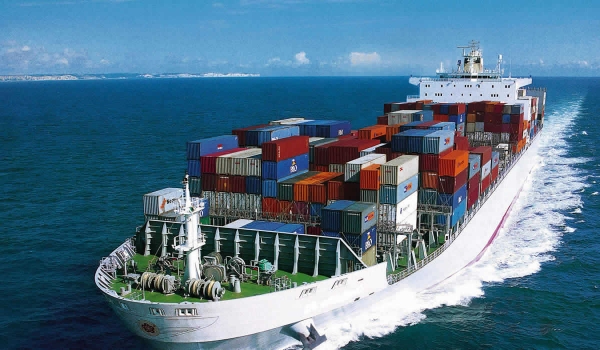Up to 20 different factors have influence on an ocean freight price
In the container transport, it has influence from the time of the year when it is carried out to the port congestion or if along the route a war zone is crossed.
The freight forwarder on-line iContainers has identified up to 20 main components which integrate the execution of an international service of maritime transport whose relative importance in the final amount, which pays the stevedore, varies considerably depending on the origin or the destination of the merchandise.
According to the freight forwarder, costs of transporting merchandise will be different depending on parameters such as volume and nature, places of the maritime route, destination or even the time of the year when the operation is carried out.
On the one hand, expenses related to management and treatment of containers in different ports must be taken into account. In this way, the THC, the port tax, the bill of landing and EIS as well as the CSF varies from one port to another.
On the other hand, there is a range of surcharges, depending on the type of merchandise, which can be grouped together according to the weight or dimensions of the container. These are OWS, which is applied if the merchandise exceeds a certain number of tonnes; and the OOG charge if the container exceeds the official measures.
Moreover, the final price of the freight can also increase in case of being necessary to leave the merchandise, provisionally or permanently, in a dry port. In these situations, the application of ICD surcharge is foreseen. Besides, if the merchandise was considered as "dangerous", IMO surcharge should be paid.
There are other types of surcharges whose application is more unusual. This is the case of the STC or the PSC which are applied if the ship sails through Suez or Panama canal, respectively.
The entrance of a ship which transports merchandise in a port with high traffic density can affect negatively to the final price, since in these situations a surcharge is applied in order to pay for the costs derived from the loss of time and the money which implies having the ship standing because of the port congestion.
Furthermore, the time of the year in which the shipment is carried out will also has influence in the invoice amount During winter months, some ports located in countries where weather conditions are extreme apply a surcharge named WS which has the objective of paying for the unexpected problems derived from the weather.
Other taxes, more unusual, are the WRS, which is applied if the maritime route crossee war zones; the LSFS, which is applied by the European Union in certain situations for water pollution or the AMS, which taxes the presentation electronically of the necessary documents in order to load the merchandise in the American ports.
Source: Supply chain








